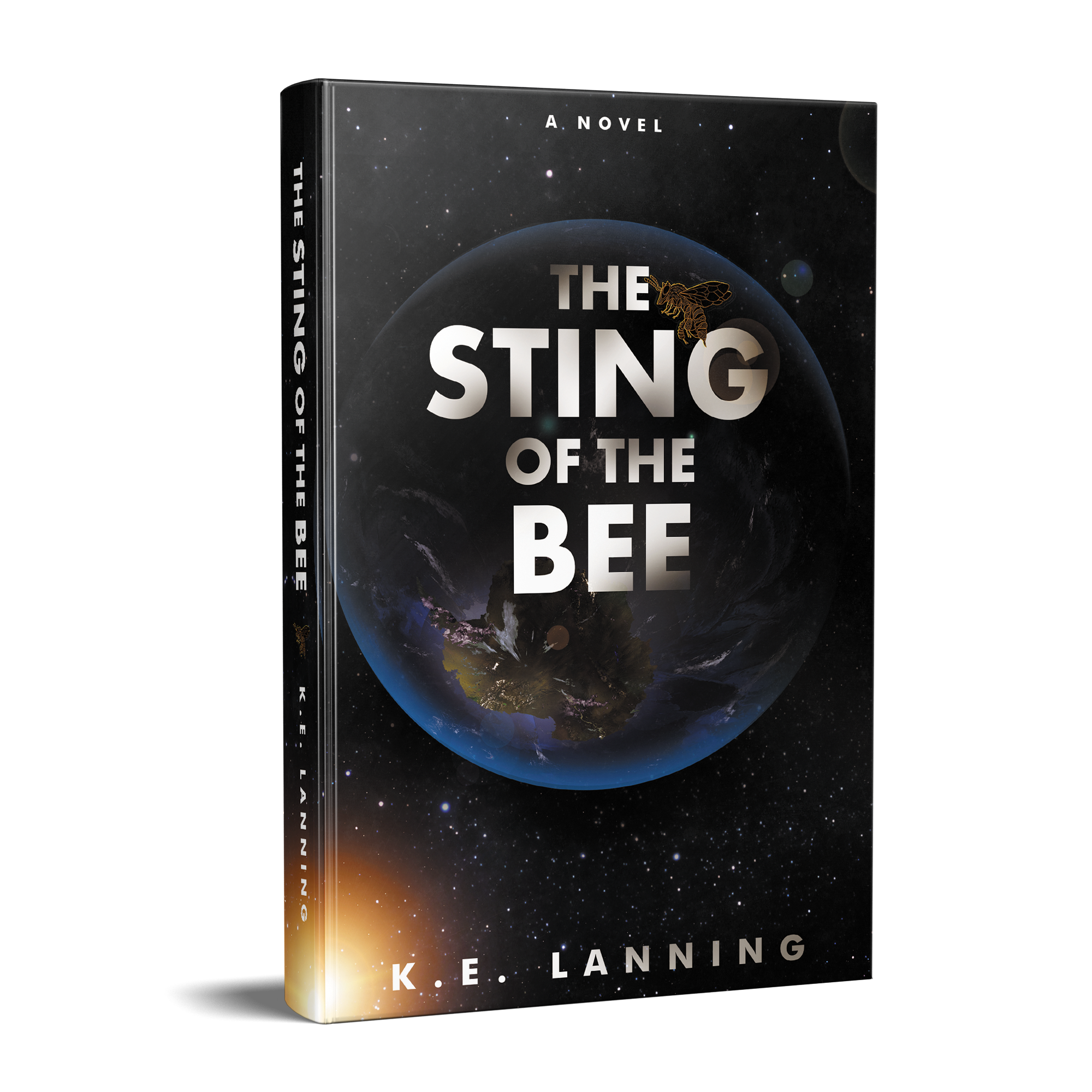I’m OK, You’re Not so Great
For a brief moment, I breathe a sigh of relief at the completion of a trilogy (The Melt Trilogy) which has consumed me for years. But there is no rest for the weary—I leap into my next Work-in-Progress, Where the Sky Meets the Earth, outlining the plot and characters, letting my mind wander as I step into the cold, dark waters of a new novel. The other day, musing over my nascent characters, a book that I had read decades ago popped into my consciousness: I’m Okay, You’re Okay, written by Thomas A. Harris, M.D [1967]. Harris linked studies performed by brain surgeon Wilder Penfield, who stimulated the brains of conscious patients during surgery, eliciting vivid memories from his patients, with experiments from Eric Berne, who developed the ego-state models we acquire as humans interacting in the world: Parent-Adult-Child [Transactional Analysis].
In his book, Harris simplified these internal/external feelings and subsequent interpersonal transactions into four categories: 1) I’m Not OK, You’re OK, 2) I’m Not OK, You’re Not OK, 3) I’m OK, You’re Not OK, and finally (Whew) 4) I’m OK, You’re OK. According to the studies, people who were abused as children may conclude that 1 or 2 is their go-to place, whereas a con-artist may be happiest in the I’m OK, You’re Not OK existence. But Harris goes on to describe hybrids of these positions; contaminated Adult states via forms of prejudice by a Parent, or delusions from childhood memories influencing the Child within us. Hopefully, most “normal” folks are in the I’m OK, You’re OK in their attitudes, but who wants normal in their novels?
As a writer interested in creating flawed humans, not caricatures, sculpting realistic characters from clay can benefit from utilizing these various “programmed” human responses. Did the character have a happy or horrible childhood? How might a damaged soul react when confronted?
An editor once told me that one of my male characters should immediately respond to a rather personal question posed to him. I disagreed—many people simply change the subject, and either never respond or respond only when they feel secure. For those characters, body language is their primary communication.
Can these rather simplistic interpersonal responses help guide an author as to whether the dialogue or action is appropriate for the character given their specific background? Perhaps, for we humans are creations of our past, regardless of how we attempt to mask the scars beneath the surface.
K.E. Lanning is the author of THE MELT TRILOGY: A Spider Sat Beside Her, The Sting of the Bee, and Listen to the Birds {2019]
What if the ice caps melted . . .
in one human lifespan?
ASSEMBLY REQUIRED
I attended a writers’ conference the other day. As usual, it was filled with talks on marketing, publishing, and how-to improve your writing skills. And, as usual, it was during lunch that the most interesting conversations occurred. The small group I sat down to eat with was, as one writer characterized, “the onesies table.” She quickly explained that this table wound up being the table of authors who had come to the conference alone. Which isn’t surprising knowing that most writing is a solitary task. But is it?
The draft of a novel does tend to be a solitary act. But once that phase is completed, a team must built to bring the story to the publishing level. Traditional publishers have teams in situ to bring the steed into the grooming rack and curry away the mud and extraneous hair until a shining coat emerges. A slough of editors; developmental, copy-editors, and proofreaders, perfect the interior, while cover designers work their magic to create a cover to draw in the fickle reader. Then marketers, agents and publicists fluff up the author like a cardboard superstar on the internet. Photo shoots, public appearances, blogs, interviews, etc., etc., etc.
Courtesy of Hannsman Bookgroup
And the indie author must compete with all of that. Let me emphasize one word in the last sentence: MUST. If you, the next great author, want to be taken seriously, you must understand that writing the novel is a small part of the publishing puzzle. Believe me, I’ve had to run the indie gauntlet, and the scars are still there.
So you must think like a publisher and gather a team. Like a polygamous marriage, assembling your team is fraught with mind fields (pun intended). A published novel is only as good as your team and the weak link will sink you, so you must search out the best editors and cover designers you can find. And I mean search, ask, inquire of all of your author friends (did I forget to mention that you need author friends?). I have a development editor and a different copy editor. I emphasize, especially to the first editor to touch my baby, that I have a thick skin and I WANT them to literarily beat me about the head and shoulders. I haven’t hired them to be my friend, I’ve hired them to tell me what’s wrong with my manuscript and how to fix it. If you have a thin skin, then perhaps you should write for your friends and neighbors and skip the publishing step.
Finding a good and reliable cover designer took me almost two years. Most designers need six months before you can get on their list. The cover is extremely important. It is the first thing that readers see. The imagery and font must grab the reader as they peruse millions of books—and, at first, they only see a thumbnail of your cover. It is a true art to put together effective covers, even down to the minutia that certain genres do best with certain colors on the cover.
Once you have the book components put together, you must find a publisher. I researched and went with IngramSpark for my paperback. They have worldwide reach and a professional product. Initially for my ebook, I went ‘wide’ with Pronoun, who had been acquired by MacMillan and I thought pretty stable. They were very easy to work with and pushed the ebook out to Amazon, Barnes & Noble, Apple iBook, Google Play and Kobo. They went out of business within a year of publishing through them. So, I went ‘narrow’ and published through Amazon’s Kindle, because of their marketing tools.
Prior to your launch date, you must have bloggers, reviewers, etc. etc., talk about your book. I put my first book onto NetGalley, but for me, it seemed to be a negative—one reviewer out of about ten reviewers was, in my opinion, professional. The others seemed to have a strong degree of ‘read rage’ as it were—some of my best trolls came from NetGalley. Amazon reviews tend to be tamer, but oh so necessary. To get onto marketing sites such as BookBub, you must have a minimum number of Amazon reviews.
Marketing for your novel is a requirement through various sites and social media. Creating book trailers, Twitter, Instagram and Facebook posts will become integral in your publishing life. Gathering authors within your genre to form a marketing group can truly expand your reach.
Assembly required. And can you please pass that bottle of wine?




